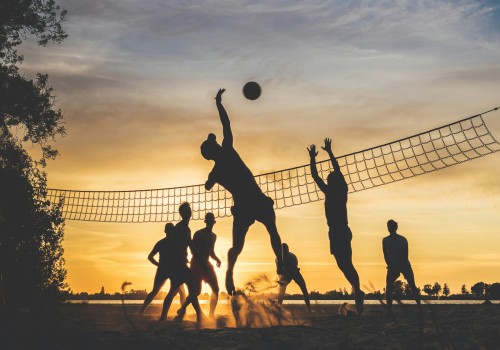3 things you should know about energy drinks


Energy drinks, such as Red Bull, Monster Energy, Rockstar or GURU, are very popular with young people because of their clever marketing. However, these drinks carry risks for human health as well as the planet's health.
1. Health risks associated with the consumption of energy drinks
Energy drinks contain caffeine and other stimulant ingredients, such as taurine or ginseng. These ingredients can contribute to a number of health problems such as sleep disturbances, restlessness, irritability, and even episodes of tachycardia and fibrillation. This is especially true for young people, who are more sensitive to caffeine.
In addition, some energy drinks can contain up to 16 teaspoons of sugar. Thus, consuming them on a regular basis increases the risk of several health problems such as Type 2 diabetes, cardiovascular disease, and certain cancers as well as tooth decay and erosion.
They are advertised as stimulants that improve physical and cognitive performance. The sports world is full of advertisements for energy drinks, making their consumption seem commonplace. However, consumption of energy drinks is not recommended during physical activity.
The stimulants in energy drinks mask intoxication and increase the risk of alcohol overconsumption.
2. Energy drink marketing targets youth
The energy drink industry uses a variety of tactics to attract and retain young people. Through their marketing, energy drink companies build a strong connection with youth and create a world based on a sense of belonging and thrill. For example, the energy drink industry is present at many music festivals or sporting events that appeal to young people.
Some companies promote the natural, organic, or local origin of the ingredients contained in energy drinks. This strategy gives these drinks a deceptive health halo.
In addition, energy drinks are often consumed with alcohol. According to a Léger survey conducted for the Quebec Public Health Association, nearly one in five youth aged 15 to 17 years old report having consumed alcohol with energy drinks. The stimulants contained in these drinks mask the state of intoxication and increase the risk of alcohol overconsumption.
It is important to be vigilant about advertising messages that are attractive but difficult for young people to understand.
3. Energy drinks are harmful to the health of our planet
Like other sugary drinks, the production and consumption of energy drinks have harmful effects on the environment.
Indeed, they are distributed in single-use containers which generate plastic and aluminum waste, produce greenhouse gases, and lead to wasting water. To counter criticism and improve their image, many energy drink companies are taking action to protect the environment.
So, what can you do?
Water remains the best option to stay hydrated. It is a healthy, free, and environmentally responsible choice. Check out this article for tips on how to get your kids to drink more water.
References (in French)
Mortier C. (2016) Les boissons sucrées : au-delà du sucre! Impacts environnementaux de la production des boissons sucrées au Québec. Eau secours!
Sondage Léger au compte de l’Association pour la santé publique du Québec et réalisé auprès de 1 005 jeunes Québécois.es âgé.e.s entre 15 et 24 ans en 2021
Institut national de santé publique du Québec, Boissons énergisantes : risques liés à la consommation et perspectives de santé publique
European Journal of Public Health, Effect of sugar-sweetened beverages on oral health: a systematic review and meta-analysis
National Library of Medicine, The relationship between sweetened beverage consumption and risk of heart failure in men
National Library of Medicine, Sugar-sweetened beverage, sugar intake of individuals and their blood pressure: intermap








